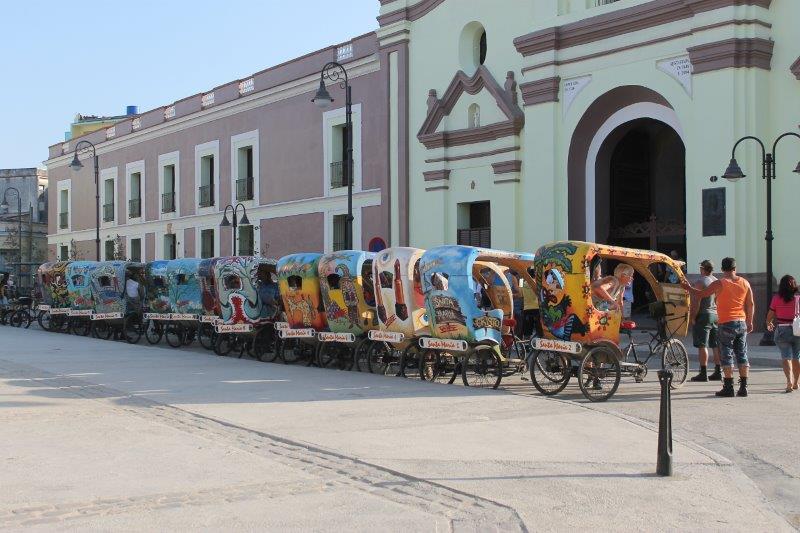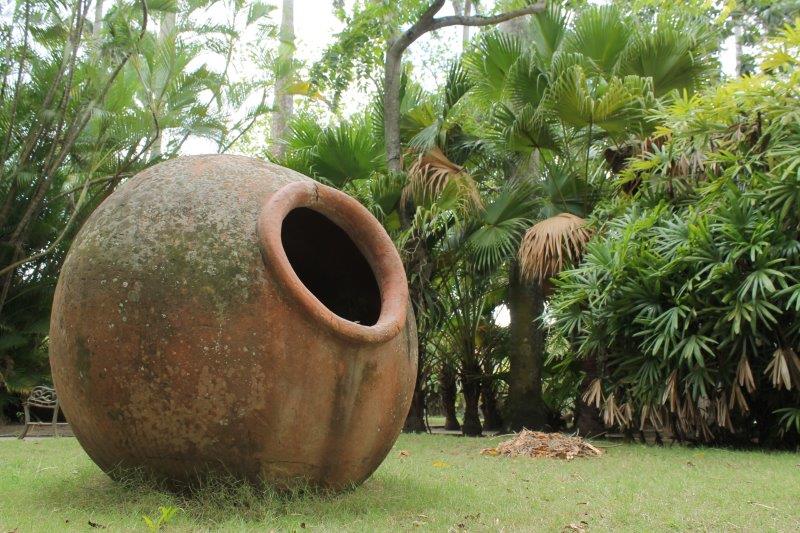With this post we begin a series of writings on the legendary city of Puerto Principe, present day Camagüey. The 6th villa founded in Cuba by Diego Velázquez around 1514, a fertile land home to numerous cattle farms situated in the middle of a great Mediterranean plain the northern coast of Camagüey; it also possesses an intricate system of keys, rocky islands and paradisaical beaches that dazzled Admiral Christopher Columbus when he reached Cuba’s coasts for the first time in 1492. The villa had a long history: it was established in three different places in the course of 14 years, evolving to the point when it turned into one of the biggest and more singular historical centers in the country due to the irregular framework of its expanding streets, small squares and corners. A total of 330 hectares have been declared National Monument of which 80 blocks were declared World Heritage site by UNESCO in 2005.
Meliá is truly vested in patrimonial destinations, since we started our presence in Cuba 28 years ago we’ve known that besides excellent dreamlike beaches and keys it also possesses a unique cultural, historical and patrimonial richness, specially relating to its architecture which goes beyond its colonial past due to the vastness of its backdrop of different styles –art nouveau, deco, eclectic, neoclassic or modern-. The hotels that we’ve begun to manage this year in Camagüey, the Hotel Colón and the Gran Hotel are legendary facilities that form part of the city’s personality, therefore lodging in them turns into a marvelous experience just like strolling down the streets and small squares of this extraordinary villa. In 2019 INNSIDE Camagüey will open, focused on the modern traveler that seeks to integrate business and leisure in his trips which will in turn suppose the increment of tourism offers in the city, taking them to a whole new level.

In the coming weeks you’ll be able to read some brushstrokes on the history of Camagüey that will bring you, the traveler, closer to a wonderful land and city that are inextricably linked to the birth of the Cuban nationality.
Camagüey 1492: Columbus and the discovery of tobacco
The coastline of Camagüey has been a fundamental part of one of the longest debates of Cuban history, regarding the site where Admiral Christopher Columbus arrived to the island on that distant October of 1492 after leaving what he called the Sand Isles (present day Bahamas) in search of the northern coast of Cuba. It is known from his diary that the Admiral arrived to a privileged port that he named “del Príncipe”, meaning “the prince’s”; still today it is unclear what prince he was referring to, perhaps to the then Fernando to whom in occasions he referred to in such a manner in his diary or maybe to his son.
Even though the most recent historical records mark the discovery site in the actual territory of the Holguin province, the hypothesis of local historians that consider such event to occur at the outfall of the Máximo River, near the bay of Nuevitas in present day Camagüey still remains attractive.
The first references related to the region are found in the discovery and conquest chronicles, where together with the descriptions of the exuberant flora and fauna of the place, the protagonists of such adventure realized they found something that would change the course of humanity.

After Columbus spotted the northern keys of Cuba for the first time on the 27th of October, the expedition composed of the Pinta, the Niña and the Santa María ships explored the Cuban coastline various times before coming into contact for the first time with the Siboneyes Indians that populated the area. On the 1st of November the squadron touched land in an imprecise location, the Admiral wanted to profit from the goodwill of the Indians in order to refill supplies and at the same time acquire knowledge about the country.
Columbus believed that he was in Cipango and therefore in Asia, where under the reign of the Great Jhan he would find gold mines, cinnamon and pepper plants as well as other spices. That’s the reason why on the 2nd of November he chose two of his men, Rodrigo de Xerez from Ayamonte and the converted Jew Luis de Toledo to adventure themselves into the territory to ascertain what was happening in there, he commissioned them to deliver the Catholic Kings’ letter of credentials to the Chinese emperor.
Xerez and Luis de Toledo whom as a good Jew understood some Hebraic and also Chaldean and Arabic where accompanied by various Indians that had been to the ships the night before. Certainly Xerez and Toledo did not find there the kingdom of Catai but they did find the modest Indian village of Maniabón, after being disappointed due to the failure of their enterprise on their way back on the 5th of November they both told Columbus what they had seen on the island during their three day trip.
“The two Christians found [wrote the admiral in his diary] in their path a lot of people that were crossing their towns, women and men with a smut in the hand and herbs to drink their accustomed sahumerios”
This first reference to tobacco was refined later on by Friar Bartolomé de las Casas whom in his “Historia de la Indias” book wrote: “they are dried up herbs inserted in a certain leaf also dry sort of like a musket made up of paper, like the ones the boys make in the Holy Spirit Easter lit on one side and on the other sucked, sipped or inhaled with their breathing of the smoke with which they drowse their flesh and get quasi drunk, it is in such a condition they claim not to get tired. These muskets or however we may name them, they call tobacco”.
Rodrigo de Xerez went back to his birth land Ayamonte a few years later. When his very odd habit of blowing smoke through the mouth and nose -which in feudal Spain mimicked a diabolical entity- became known he was condemned to serve in prison for a few years by the Spanish Inquisition, but the harm had already been done, the cohoba, name the aborigines used to describe the rolled tobacco coil spread throughout the western world in a similar magical fashion that saw its birth.

